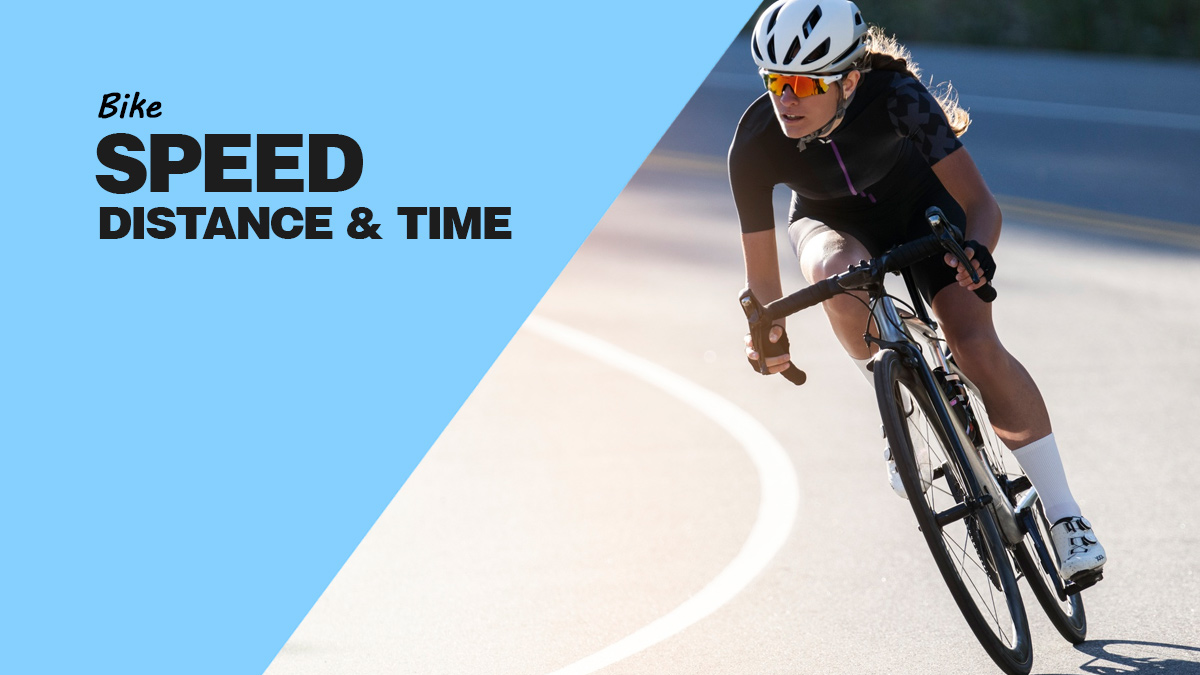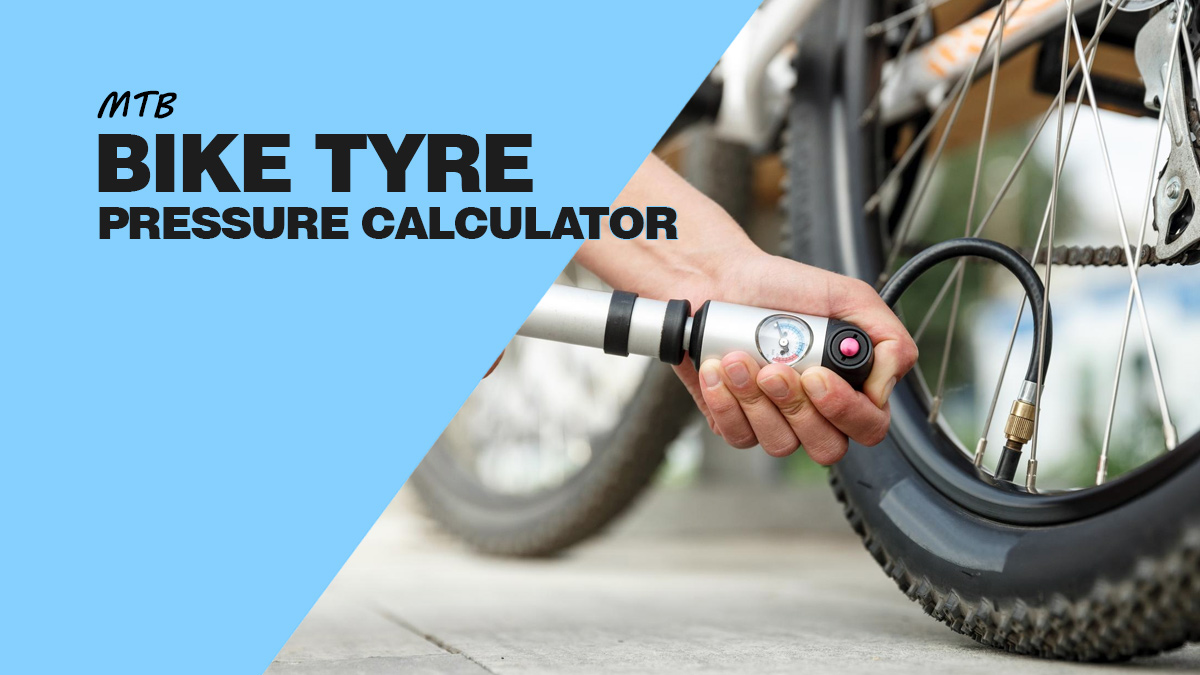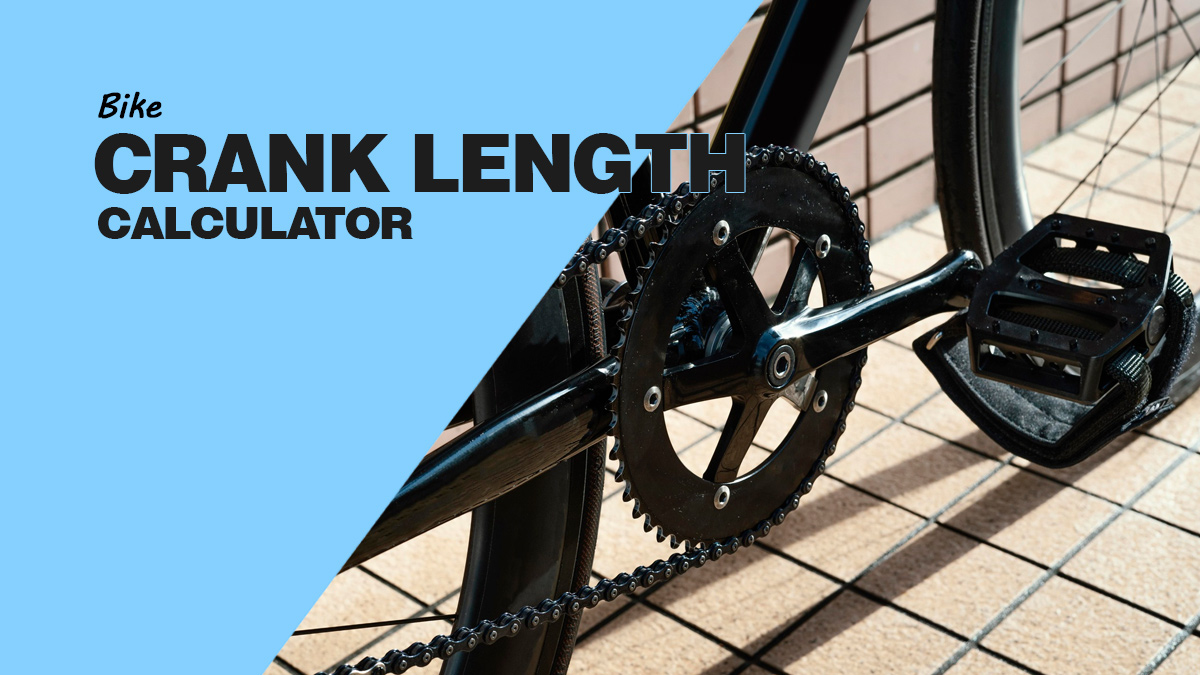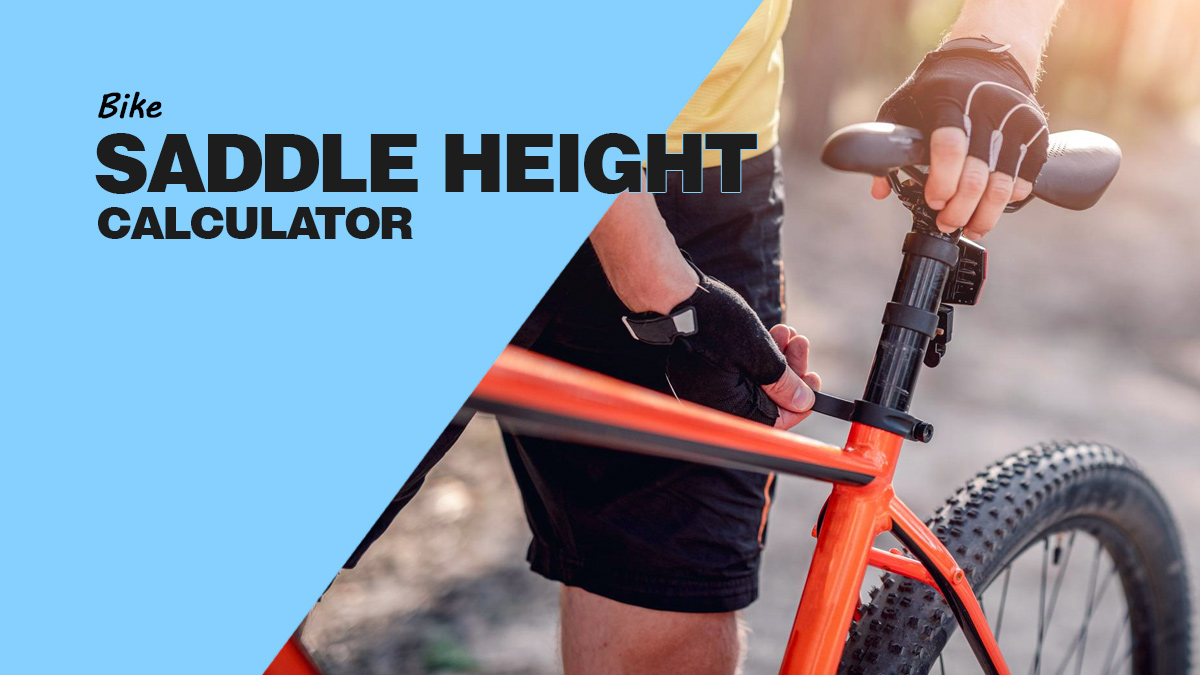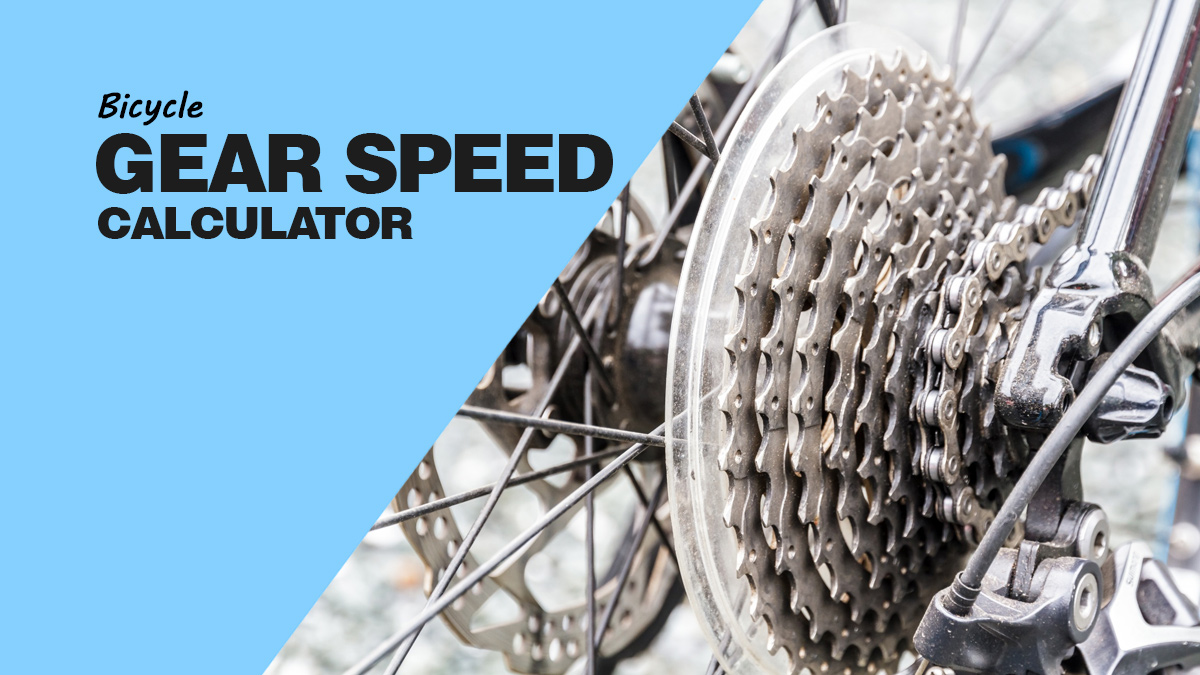Skid Patch Chart Calculator
Skid Patch Chart Calculator
How many Skid Patches will I have for each gear?
The Skid Patch Calculator is a valuable tool for cyclists who want to optimize their gear choices to enhance their riding experience and extend the life of their bike components. This guide provides a clear explanation of how the Skid Patch Calculator calculates skid patches, helps you understand how BikeCalc determines skid patches, and offers recommendations on choosing the appropriate gear based on your riding style.
Calculating Skid Patches with the Skid Patch Calculator:
- Simplifying the Gear Ratio: The first step in calculating skid patches is to simplify the gear ratio to the smallest equivalent whole number ratio. This is achieved by finding the greatest common divisor (GCD) of the chainring (front gear) and the cog (rear gear) and dividing both numbers by the GCD.
- Determining Skid Patches for Different Riding Styles:
-
- Single-legged Skidders: For riders who can only skid with one foot forward, the number of skid patches is equal to the denominator of the simplified gear ratio.
- Ambidextrous Skidders: For those who can skid with either foot forward, the number of skid patches is determined based on the numerator of the simplified gear ratio: a) If the numerator is even, the number of skid patches is still the denominator. b) If the numerator is odd, the number of skid patches is the denominator multiplied by 2.
Examples:
- 48×20 simplifies to 12×5, resulting in 5 skid patches for both single and ambidextrous skidders.
- 43×18 results in 18 patches for single skidders but 36 for ambidextrous skidders.
- 42×16 simplifies to 21×8, resulting in 8 patches for single skidders but 16 for ambidextrous skidders.
Choosing the Right Gear:
- Non-skidders: Riders who do not skid should opt for even-toothed gears to maximize chain and sprocket life.
- Single-legged Skidders: For those who skid with only one foot forward, it is best to choose odd-toothed chainrings to maximize the number of skid patches.
- Ambidextrous Skidders: For riders who can skid with either foot forward, even-toothed gears can be chosen if the simplified gear ratio has an odd numerator. This combination allows for extended drivetrain wear and a doubled number of skid patches.
In conclusion, the Skid Patch Calculator is an essential tool for cyclists who want to optimize their gear choices for their riding style. By understanding how skid patches are calculated and choosing the appropriate gear based on your individual needs, you can enhance your riding experience and extend the life of your bike components.
Related: Bicycle Gear Ratio Dynamic Chart
Should you have any questions or require further clarification on the topic, please feel free to connect with our expert author Jerry O by leaving a comment below. We value your engagement and are here to assist you.


